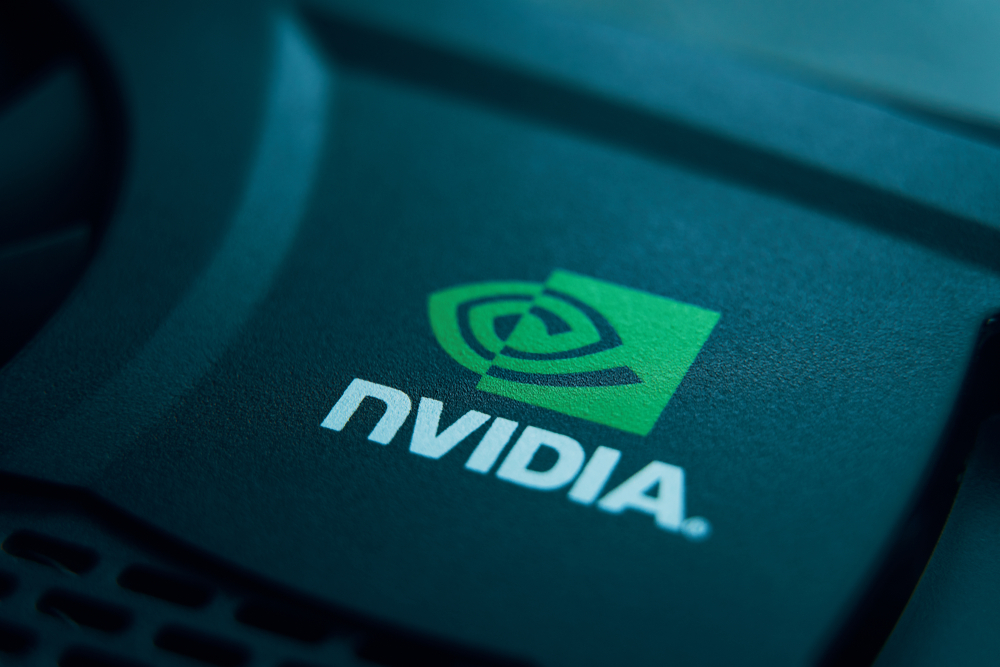Nvidia Jetson chips make IoT devices vulnerable to attack
Flaws could allow hackers to mount DoS attacks


Nvidia has patched several vulnerabilities in its Jetson system-on-module (SOM) series chips that hackers could have exploited to escalate privileges and mount denial-of-service (DoS) attacks.
The products affected by the vulnerabilities include the Jetson TX1, TX2 series, TX2 NX, AGX Xavier series, Xavier NX, Nano, and Nano 2GB running Jetson Linux versions before 32.5.1. The product line comprises embedded Linux AI and computer vision compute modules and developer kits for AI-based computer vision applications and autonomous systems, such as mobile robots and drones.
The most severe vulernability is tracked as CVE-2021-34372 and has a CVSS score of 8.2. This buffer overflow flaw in its Trusty trusted execution environment (TEE) could result in information disclosure, escalation of privileges, and denial-of-service.
“[The] driver contains a vulnerability in the NVIDIA OTE protocol message parsing code where an integer overflow in a malloc() size calculation leads to a buffer overflow on the heap, which might result in information disclosure, escalation of privileges, and denial of service (DoS),” according to Nvidia’s security bulletin,
Other problems fixed by the patches include memory corruption, stack overflows, and missing bounds checks in the TEE. There are also heap overflows affecting the Bootloader that could lead to arbitrary code execution, denial-of-service, and information disclosure.
"Earlier software branch releases that support this product are also affected," Nvidia said. "If you are using an earlier branch release, upgrade to the latest 32.5.1 release. If you are using the 32.5.1 release, update to the latest Debian packages."
Andy Norton, European cyber risk officer at Armis, told IT Pro that the flaws affecting IoT devices are major blind spots for organizations, which have traditionally built an in-depth defense strategy around their IT environment involving anti-virus and host-based security tools. According to Norton, Internet of Things (IoT) devices change that approach because the device cannot accept an outside agent that can check for behavior changes and signs of compromise.
Sign up today and you will receive a free copy of our Future Focus 2025 report - the leading guidance on AI, cybersecurity and other IT challenges as per 700+ senior executives
RELATED RESOURCE

IT Pro 20/20: What the EU's new AI rules mean for business
The 17th issue of IT Pro 20/20 considers the effect of new regulations on the IT industry
“A different approach is required to secure IoT devices to an appropriate and proportionate level in line with other IT devices. One approach, for instance, is a gene pool approach: a huge data set of IoT devices and the activities they exhibit,” Norton said.
“AI can be used to hunt for outliers in IoT behavior by comparing an IoT device to its previous activity, the activity of other similar devices in the organization, and other devices from the same gene pool across all organizations. It is this knowledge base that will enhance the security approach for IoT devices and is a better substitute compared with the conventional agent-based methodologies we see in the IT world."
Rene Millman is a freelance writer and broadcaster who covers cybersecurity, AI, IoT, and the cloud. He also works as a contributing analyst at GigaOm and has previously worked as an analyst for Gartner covering the infrastructure market. He has made numerous television appearances to give his views and expertise on technology trends and companies that affect and shape our lives. You can follow Rene Millman on Twitter.
-
 How to MFA everywhere
How to MFA everywhereIndustry Insights Identity online is not who you are; it is what the system accepts as proof of you, and that gap is exactly what the attackers take advantage of
-
 UK government confirms October cyber breach: Everything we know so far
UK government confirms October cyber breach: Everything we know so farNews Details around Foreign Office hack remain sparse and government says it's unclear who is behind the attack
-
 Two Fortinet vulnerabilities are being exploited in the wild – patch now
Two Fortinet vulnerabilities are being exploited in the wild – patch nowNews Arctic Wolf and Rapid7 said security teams should act immediately to mitigate the Fortinet vulnerabilities
-
 Everything you need to know about Google and Apple’s emergency zero-day patches
Everything you need to know about Google and Apple’s emergency zero-day patchesNews A serious zero-day bug was spotted in Chrome systems that impacts Apple users too, forcing both companies to issue emergency patches
-
 Security experts claim the CVE Program isn’t up to scratch anymore — inaccurate scores and lengthy delays mean the system needs updated
Security experts claim the CVE Program isn’t up to scratch anymore — inaccurate scores and lengthy delays mean the system needs updatedNews CVE data is vital in combating emerging threats, yet inaccurate ratings and lengthy wait times are placing enterprises at risk
-
 IBM AIX users urged to patch immediately as researchers sound alarm on critical flaws
IBM AIX users urged to patch immediately as researchers sound alarm on critical flawsNews Network administrators should patch the four IBM AIX flaws as soon as possible
-
 Critical Dell Storage Manager flaws could let hackers access sensitive data – patch now
Critical Dell Storage Manager flaws could let hackers access sensitive data – patch nowNews A trio of flaws in Dell Storage Manager has prompted a customer alert
-
 Flaw in Lenovo’s customer service AI chatbot could let hackers run malicious code, breach networks
Flaw in Lenovo’s customer service AI chatbot could let hackers run malicious code, breach networksNews Hackers abusing the Lenovo flaw could inject malicious code with just a single prompt
-
 Industry welcomes the NCSC’s new Vulnerability Research Initiative – but does it go far enough?
Industry welcomes the NCSC’s new Vulnerability Research Initiative – but does it go far enough?News The cybersecurity agency will work with external researchers to uncover potential security holes in hardware and software
-
 CrowdStrike announces integration with Nvidia Enterprise AI Factory
CrowdStrike announces integration with Nvidia Enterprise AI FactoryNews Organizations can now leverage CrowdStrike protection within Nvidia Enterprise AI Factory deployments
